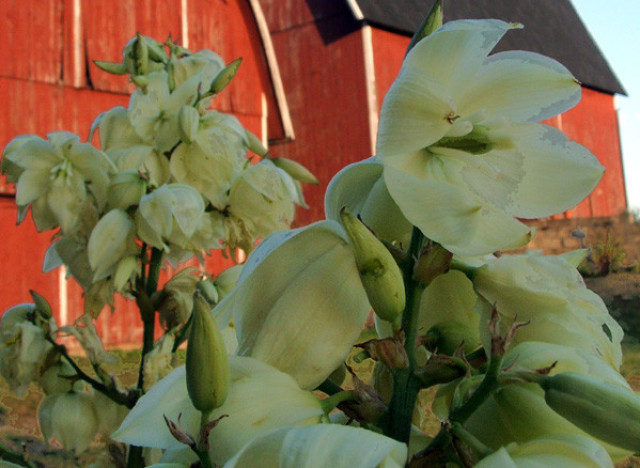Q: Native plants seems to be the big buzz word around my favorite garden shop this year. Is this just a snooty sales pitch or are there real benefits to native plants?
A: Absolutely! Even though gardening seems to be a keeping up with the Jones' activity these days with all sorts of buzz words floating around like organic, native, GMO and pesticide-free and more. When it comes to the word native however, this is a century old gardening method with big benefits for your yard.

Photo by Flickr user Aunt Owwee.
Q: Like what? They better be pretty impressive because the things I currently have planted already require enough attention as it is!
A: Plants that are native to the area in which you live actually require the least attention of anything you'll plant. They're accustomed to the climate and all of it's ongoings pertaining to weather. They're usually the most ready for drought, bugs, floods and more. Think of them as your backyard super heros (sans-cape)
Q: Someone told me that the roots of native plants are what's most important. Is that true?
A: The roots of native plants are the real power house. When it comes to things like prairie grasses and sedges, 1/3 of their roots decompose every year enriching the soil in which they sit -- instant fertilizer! Native plants tend to have longer roots to help draw water up from deep places and keep it nestled in wells just under the soil's surface. It stays ready for all the plants around it to drink from. In addition they help prevent runoff, erosion and can help channel water away in the event of a flood and put carbon back in the soil while doing it.
Q: That's great, but how do I know what plants are native to my area?
A: A great place to start is talking to your local florists and garden center associates. They can usually tell you what's native and what's not to the area in which you live. If you're still having trouble, try checking out Wildflower.org. You can search by state and get a comprehensive list of plants for different parts of the country.